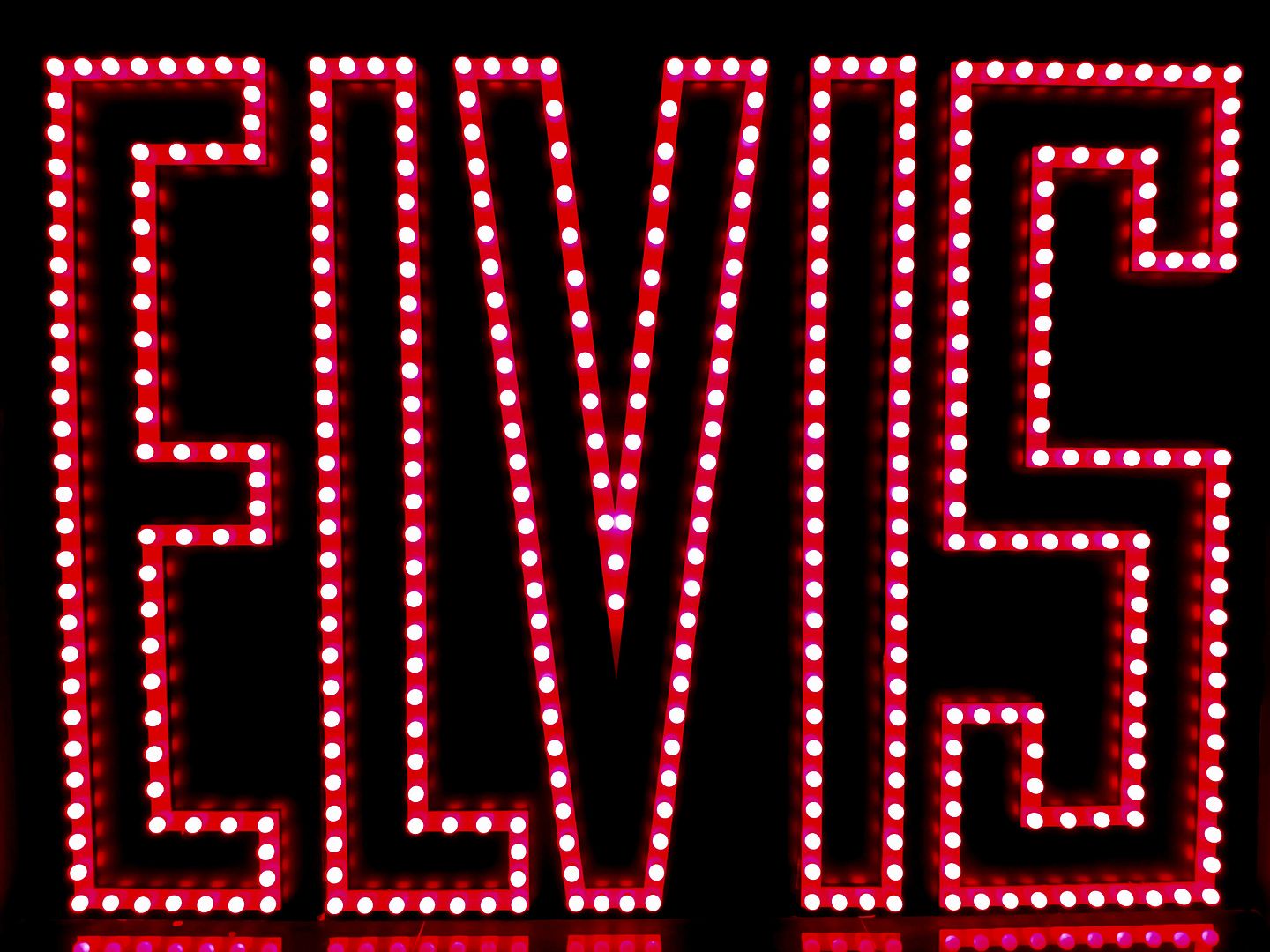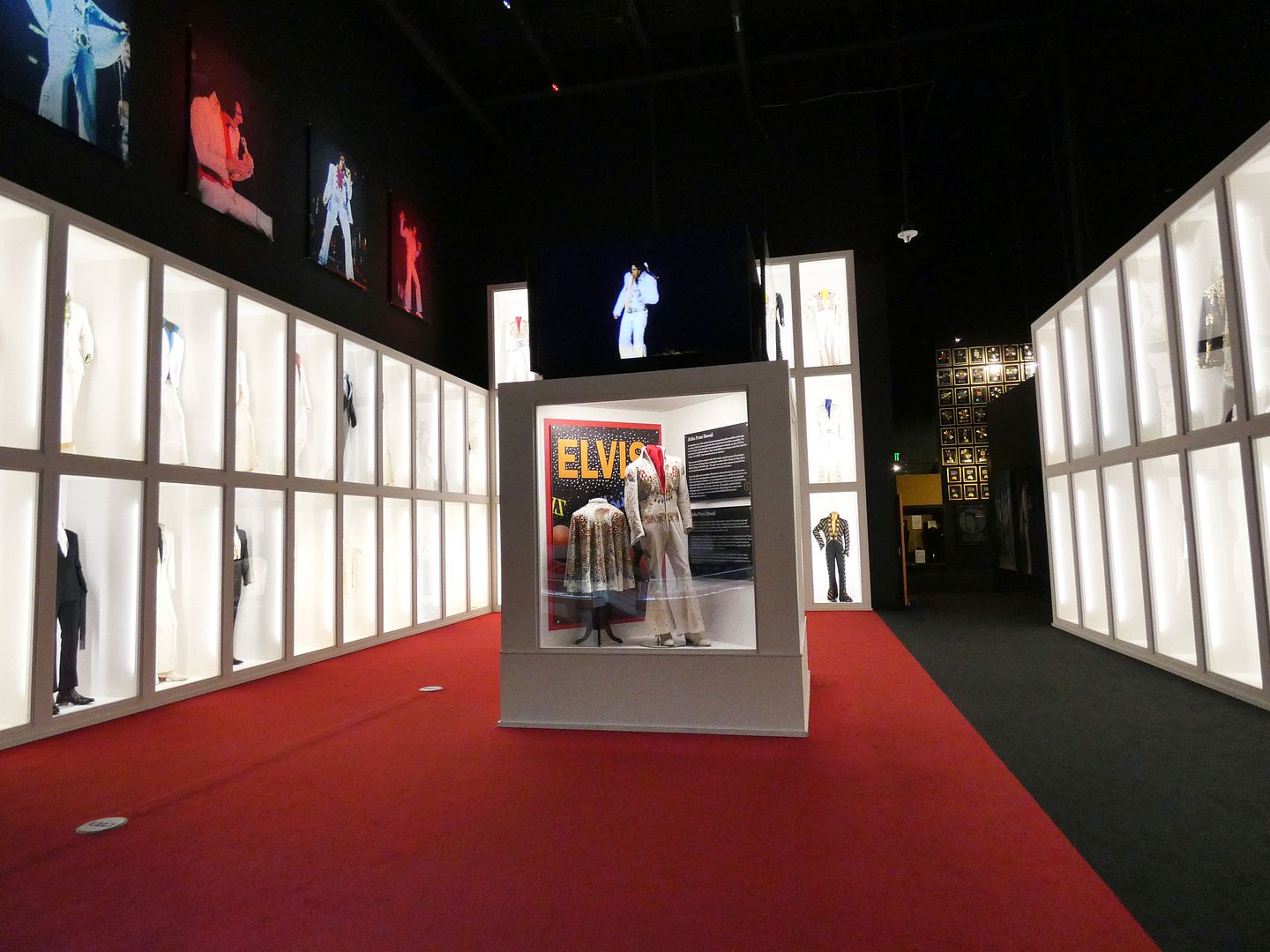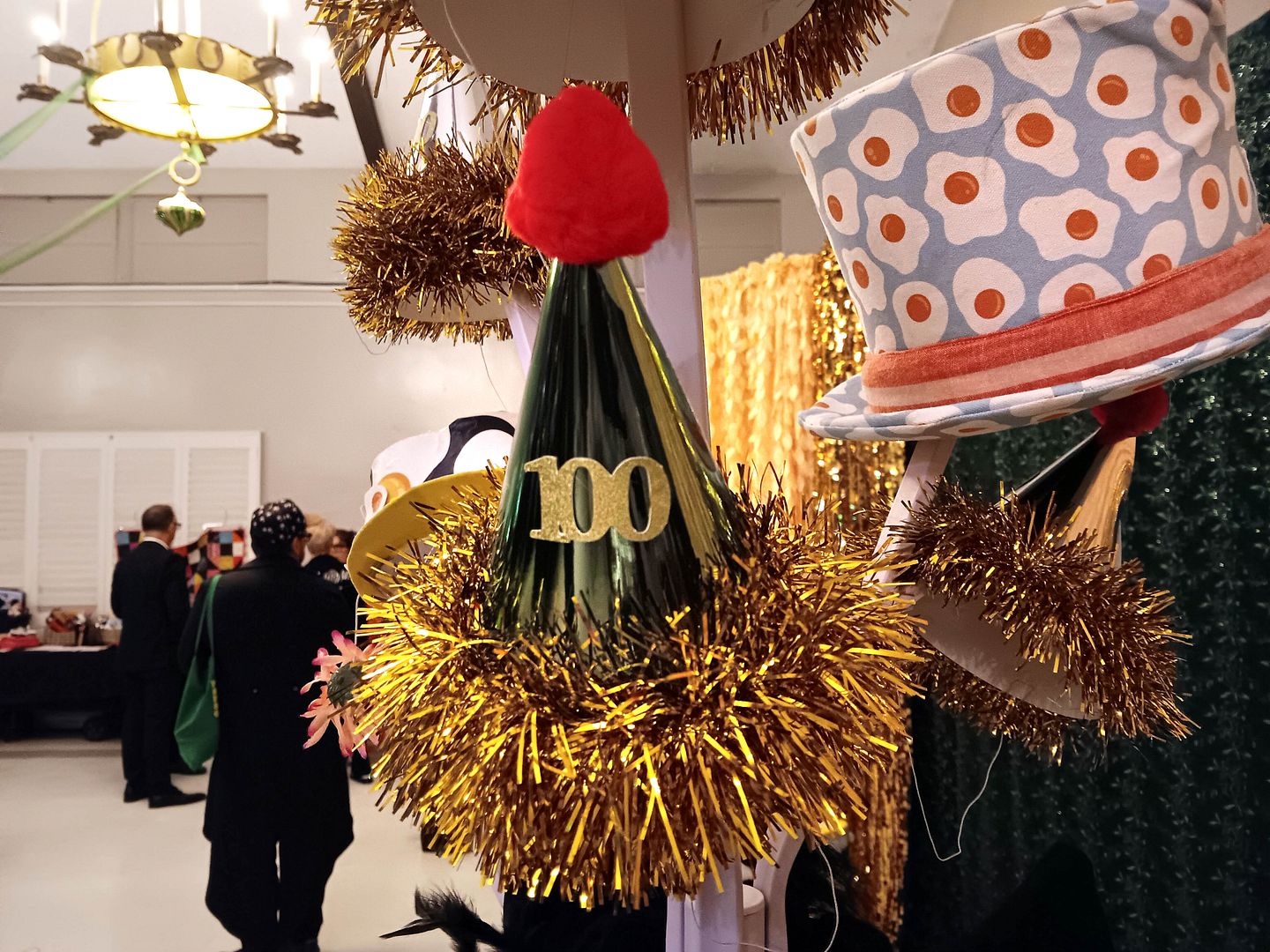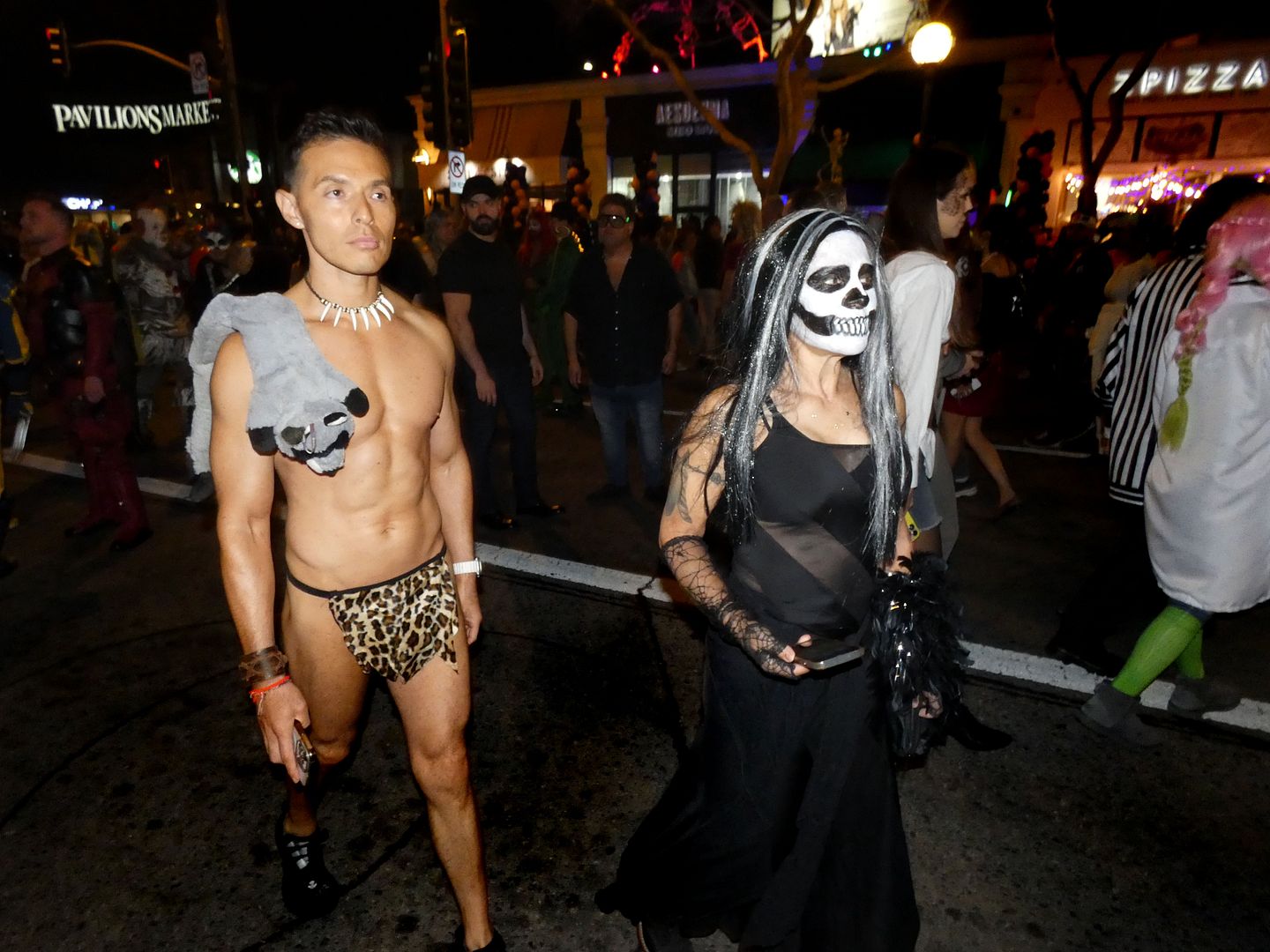The easy explanation for my recent
Memphis trip was that I was celebrating my 50th birthday at Graceland.
But the truth is, I went to Memphis for Elvis. All of Elvis.
After all, most casual Elvis fans seem to segregate his career into two eras—young Elvis (à la Jailhouse Rock) and Vegas Elvis—and typically prefer the "earlier" one versus the "late" one. But my favorite Elvis era is a middle era: the '68 Comeback Special, when he was coming out of his Paramount movie career and getting back into performing live, right before he started his Las Vegas residency in 1969.
And I have much affection for the cape-wearing, lei-laden, karate-chopping Elvis of Aloha from Hawaii, That's the Way It Is, and his final album (a live-and-studio combo) Moody Blue.
I'd already chased all those Elvises around two states—like at the
Honeymoon Hideaway and other sites around
Palm Springs, and at
the former International Hotel on the Vegas Strip. But now, it was time for me to finally experience what remains of The King in his longtime hometown of Memphis, Tennessee.

And that's more than just Graceland (pictured above, of which at least one photo essay is forthcoming.)







